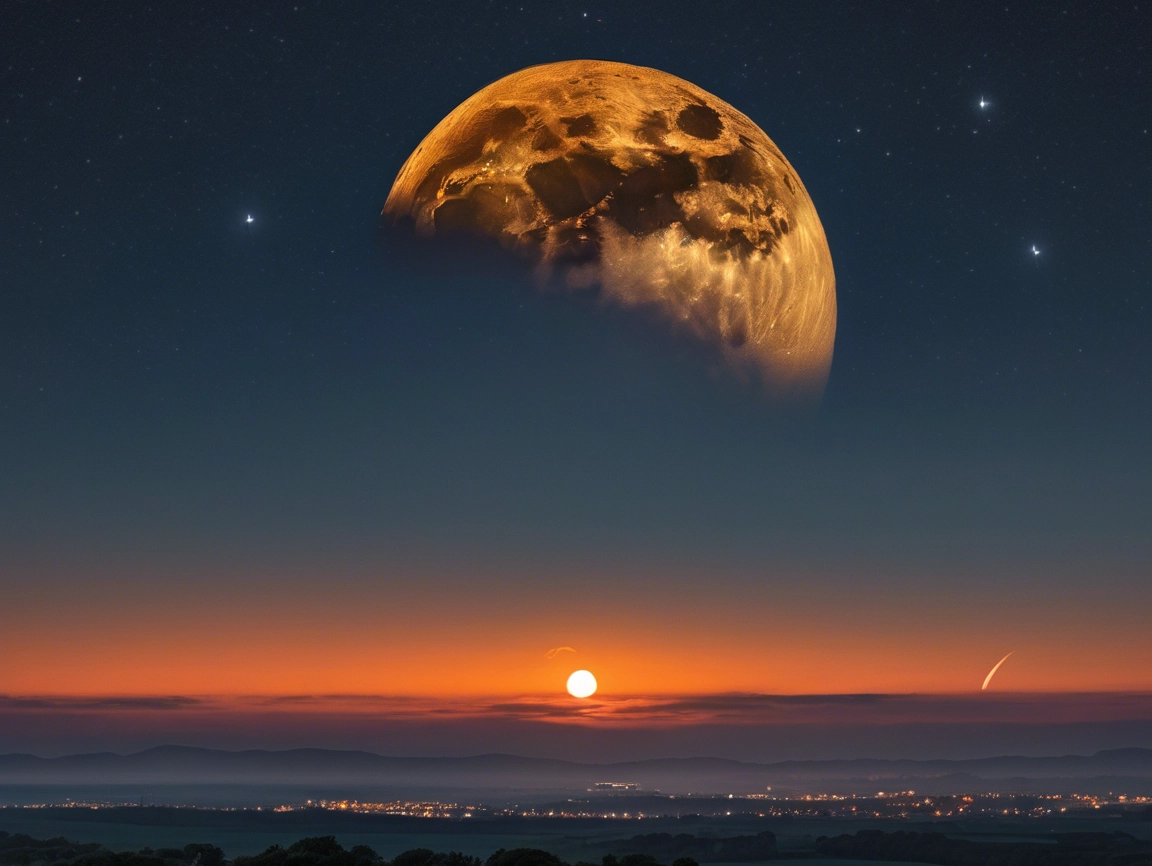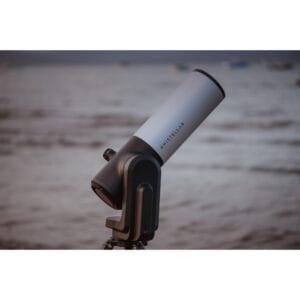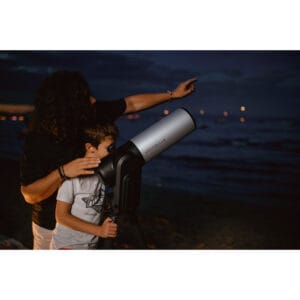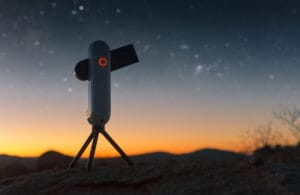The night sky June 2025: In June 2025, the sun is high, days are long, and nights are short. Yet there’s plenty happening in the sky this month – if you know where and when to look. Whether you’re a beginner with binoculars or an advanced stargazer with a telescope: this is THE guide to what you can see in the night sky of June 2025.
Night Sky June 2025: What’s Visible in the Night Sky?
Summer Begins… With a Glow

Summer officially starts on June 21: the longest day of the year. Around this time, you’ll notice something special in the sky: the full moon of June 11, also known as the Strawberry Moon, hangs low on the horizon. Not because strawberries grow on the moon, but because early agricultural cultures associated this moon with strawberry season. Due to its low position, the moon often appears golden yellow or orange — a beautiful sight to capture with a smartscope.
Do you have a telescope with a reasonably long focal length (like a classic refractor or Dobsonian)? Then you’ll easily see the craters and shadows across the lunar surface. With a short telescope like the Seestar, you can also see the moon well, but it’s less suitable for planets — more on that later.
Night Sky June 2025: Planets in the Sky, but not all Equally Visible
In June, several interesting planets pass by. But to be honest: you’ll need a bit of luck and good timing to spot them.
- On June 1, Venus reaches its most beautiful position in the morning sky: just before sunrise, you’ll see it as a bright “star” low above the eastern horizon. You don’t need a telescope to find it.
- On June 8, Jupiter and Mercury will come very close together, just after sunset. But note: this happens low on the horizon, so find a spot without buildings or trees in the west. To the naked eye, they appear as two points. A telescope makes it more exciting — but only if you don’t have a telescope with a short focal length. Because then you won’t get a sharp planetary image.
Note: smart telescopes like the Seestar are perfect for star clusters and nebulae, but they don’t show planets like Jupiter or Saturn well without heavy post-processing. That’s because such telescopes have a short focal length – remember that if you’re considering buying one.
Shooting Stars: June Bootids
You may have never heard of them: the June Bootids. This meteor shower peaks around June 27 and is somewhat mysterious. Some years you hardly see anything, other years dozens of stars fall per hour. They move slowly and are therefore easy to follow. You don’t need a telescope — just find a dark place with a clear view of the sky. And wait.
Deep-sky in June: Star Clusters in Abundance
With the moon out of view around June 25 (new moon), you have ideal conditions to look further into the universe.
What can you see?
- M13, the Hercules cluster, is a beautiful globular cluster of stars. You can see it with binoculars as a fuzzy spot, but a telescope reveals an entire stellar fortress.
- M10 and M12, in the constellation Ophiuchus, are also well visible this month. Perfect for deep sky observations.
Note: the less light pollution, the better you’ll see these objects. And make sure your telescope is properly adjusted — or temporarily rent one through our rental page.
What Do You Need?
You don’t need much to see something this month. But this helps:
- A clear horizon (for the planets).
- A dark location (for deep-sky objects).
- A telescope with sufficient reach – not a Seestar or other short scope if you want to spot planets.
- And if possible: patience.
Finally
June may not be a month of endless dark nights, but it is a month full of subtle beauty. Planets emerging in twilight, meteors appearing unexpectedly, and a moon setting like a golden orb — that’s what you can expect.
Want to know which telescope suits what you want to see? Check our beginner’s guide or ask our chatbot AstroBob, available 24/7.





